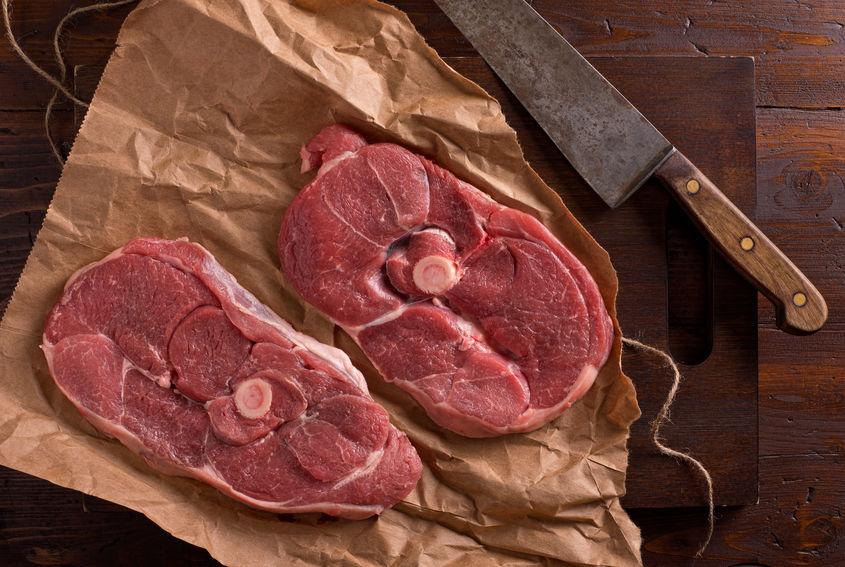
The latest UK trade figures show that 2017 was a bumper year for lamb exports, but also highlight the industry’s reliance on EU markets, according to figures.
Newly released export data from HMRC show that the volume of sheepmeat exported was up by 14% over 2017, totalling 89,000 tonnes excluding offal and skins.
The figures represent the UK-wide picture. The value of this business to the UK was over £384 million, rising from £302 million in 2015 and £327 million in 2016.
The statistics reveal major increases in the volume of lamb exported to a number of countries including Germany (up 25%), Belgium (up 16%), Italy (up 13%) and Denmark (up 13%).
While there were increases in exports to several non-EU markets such as Hong Kong, Switzerland and Canada, the European Union is still the destination for nearly 94% of the lamb exported from Britain.
Welsh red meat body Hybu Cig Cymru – Meat Promotion Wales (HCC) warned that continued free trade with Europe would be needed to sustain this export success.
'Earn new business'
At the beginning of February, HCC completed a three-year programme, part-funded by the EU, to promote PGI Welsh Lamb in a number of key overseas markets.
Market Development Manager Rhys Llywelyn said: “Over the past three years we’ve worked hand-in-hand with processors to promote Welsh Lamb and earn new business, so it’s excellent to see export growth in markets we’ve targeted such as Germany, Denmark and Italy.
“We’re looking to consolidate and build on this growth,” he added, “however our current exports are helped by a competitive currency rate and the ability to trade without tariffs across a continent of 500 million consumers.
“Exports to newer markets further afield are up, but are very small compared with countries such as France and Germany where the PGI Welsh Lamb brand is well established, and we still don’t have access to trade with a number of key countries such as the USA and China.”
Mr Llywelyn explained the importance of exports for the Welsh Lamb industry. “We export over a third of our lamb each year, and much more than that at times of peak production,” he said.
“UK consumption is static at best, and overseas consumers also prefer different cuts to domestic shoppers which helps to earn value for the whole carcase.”
